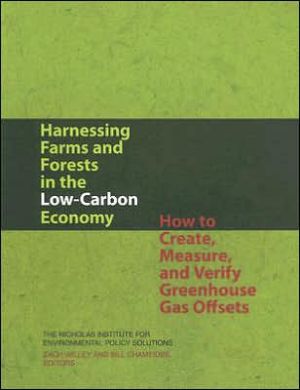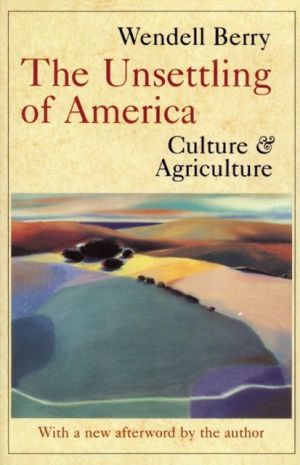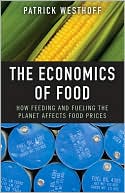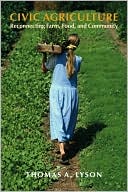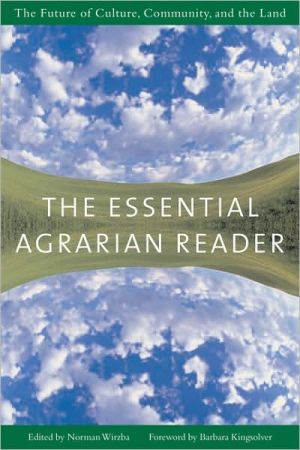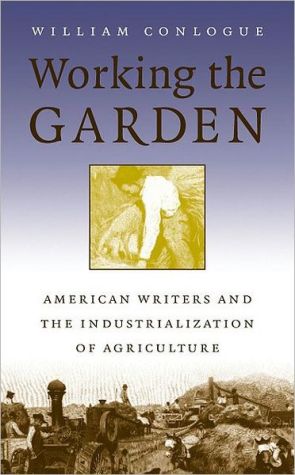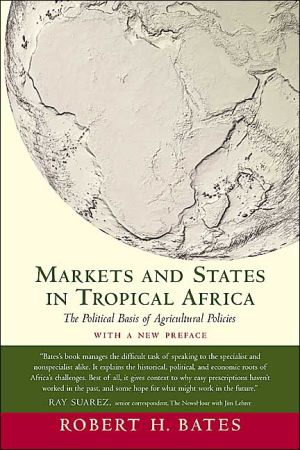Harnessing Farms and Forests in the Low-Carbon Economy: How to Create, Measure, and Verify Greenhouse Gas Offsets
As the United States moves to a low-carbon economy in order to combat global warming, credits for reducing carbon dioxide emissions will increasingly become a commodity that is bought and sold on the open market. Farmers and other landowners can benefit from this new economy by conducting land management practices that help sequester carbon dioxide, creating credits they can sell to industry to “offset” industrial emissions of greenhouse gases.\ This guide is the first comprehensive technical...
Search in google:
Carbon Sequestration Manual.
Foreword viiPreface ixOverviewIntroduction: The Role of Landowners and Farmers in the New Low-Carbon Economy 3The Process of Creating Offsets 10Land-Management Options for Creating Offsets 22Steps in Determining a Project's OffsetsStep 1: Scoping the Costs and Benefits of a Proposed Project 39Step 2: Determining Additionality and Baselines 46Step 3: Quantifying the Carbon Sequestered in Forests 52Step 4: Quantifying the Carbon Sequestered in Soil 64Step 5: Quantifying Greenhouse Gas Emissions from Manure 75Step 6: Quantifying and Minimizing Methane and Nitrous Oxide Emissions from Soil 84Step 7: Estimating Leakage or Off-Site Emissions Caused by the Project 91Step 8: Verifying and Registering Offsets 99Conclusion: Putting These Guidelines into Practice 107AppendicesKey Factors to Consider in Developing a Sampling Strategy 111Quantifying Inadvertent Emissions from Project Activities 115Using Statistics in Quantifying Offsets 118Calculating Levelized Costs and Benefits 125Categorical Additionality and Barrier Tests 128Using Periodic Transition Rates to CalculateBaselines 131Typical Carbon Stocks in Forest Pools 136Protocols for Measuring Carbon in Subplots 139Using Stocking Surveys to Monitor Forest Projects 143Determining the Density of Woody Materials 146Correcting for the Degree of Slope 156Calculating Carbon Stock and Changes in Carbon Stock 159Adapting Biomass Equations from One Species to Another 165Developing New Biomass Equations 166Using Stand-Level Equations 175Calculating Changes in Carbon Sequestration When Soil Density Changes 176Determining Mass-Specific Ratios 179Calculating Methane and Nitrous Oxide Emissions from Manure 181The Dynamics of Methane and Nitrous Oxide Emissions from Soil 184Market Leakage and Activity Shifting 186Land-Management Projects and Changes in Demand 187Addressing Leakage from Forestation Projects 188Using Regression Analysis to Calculate Elasticity 190Guidelines for Auditing Greenhouse Gases 191Verifying and Registering Offsets under the Kyoto Protocol 193Choosing a Registry 196Sample Field Protocol: Establishing Plots and Measuring Biomass in a Forestry Project 201Notes 209Bibliography 215Index 223
